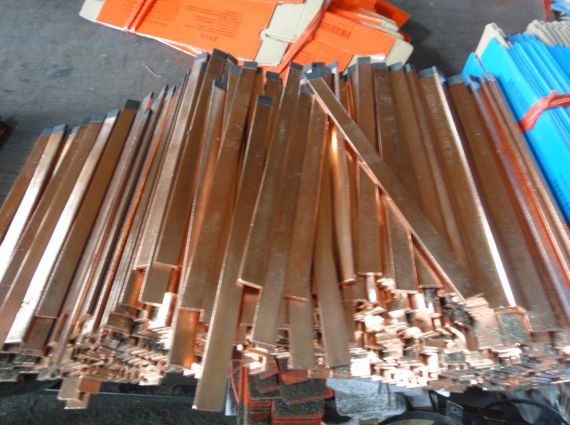When gouging stainless steel, low carbon steel, or cast iron, does the carbon rod formula need to be adjusted? Why?
When air gouging stainless steel, low carbon steel, and cast iron, the carbon rod formula usually does not need to be adjusted.
Carbon rods are generally made of carbon, graphite, and appropriate adhesives, which are formed by extrusion, baked at 2200℃, and then plated with a layer of copper. The carbon rods made with this formula have the characteristics of high temperature resistance, good conductivity, and not easy to break, which can meet the general requirements of air gouging of various metals such as stainless steel, low carbon steel, and cast iron. This is because the principle of carbon arc gouging is to use the arc energy generated between the carbon rod and the metal to melt the metal, and at the same time use compressed air to blow the molten metal away, and the above carbon rod formula can provide a stable arc and sufficient heat to achieve this process.
However, in some special cases, the carbon rod formula may also need to be adjusted. For example, when air gouging stainless steel, since the high-temperature stainless steel metal can quickly absorb the carbon from the carbon rod, it may cause carbon increase in the subsequent welded joint, thereby affecting the corrosion resistance and mechanical properties of the joint. At this time, it is possible to consider adding some substances that inhibit carbon diffusion to the carbon rod formula, or adjusting the composition and proportion of the adhesive to reduce the release of carbon during the use of the carbon rod. However, this adjustment usually requires rigorous testing and verification to ensure that other properties of the carbon rod are not affected and that the carburization problem during stainless steel gouging can be effectively solved.

Contact: admin
Phone: +86-13665233012
E-mail: service@weldmaterial.com
Add: Huanghua Industrial park, Jiangdu City, Yangzhou , Jiangsu Provicne, China.